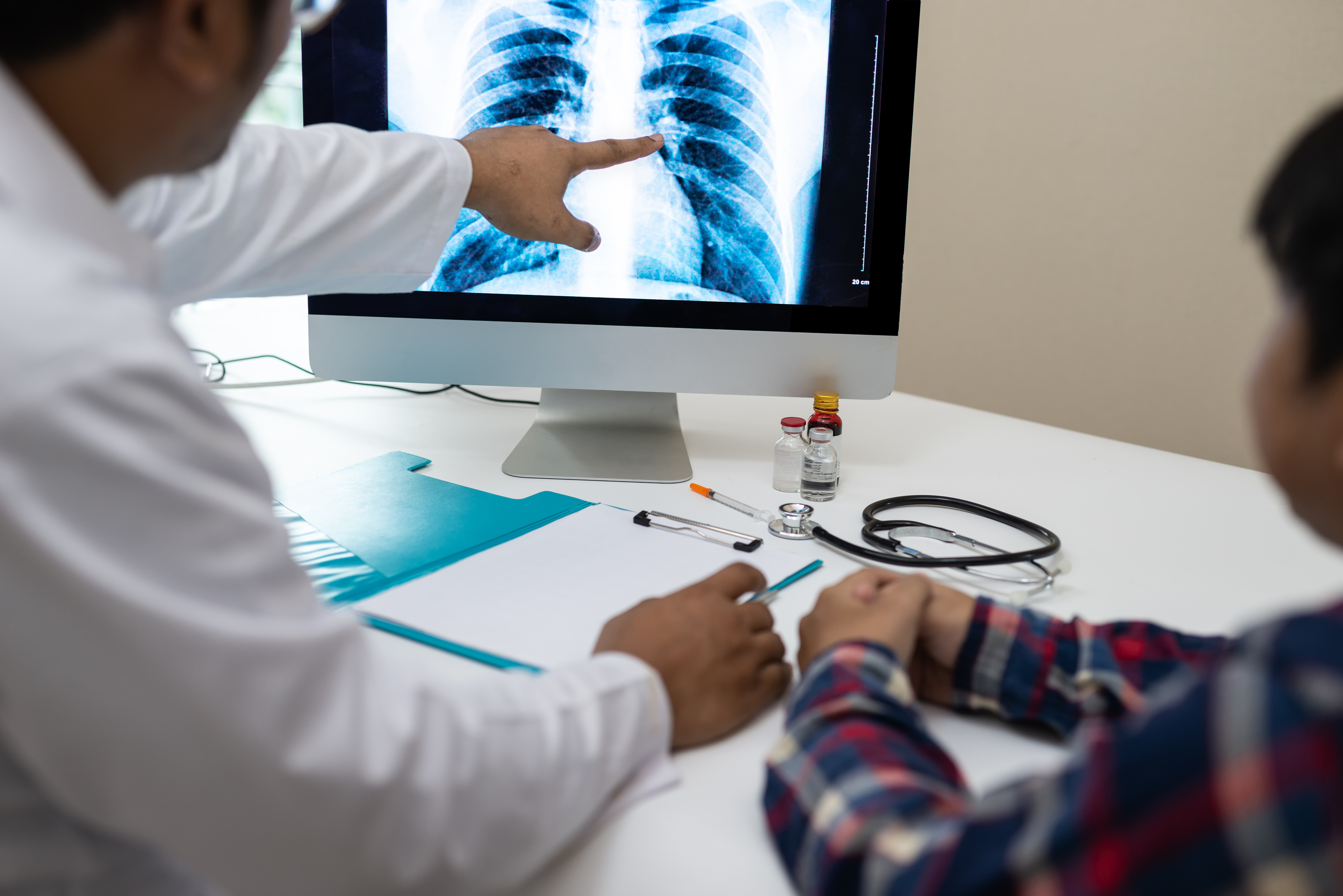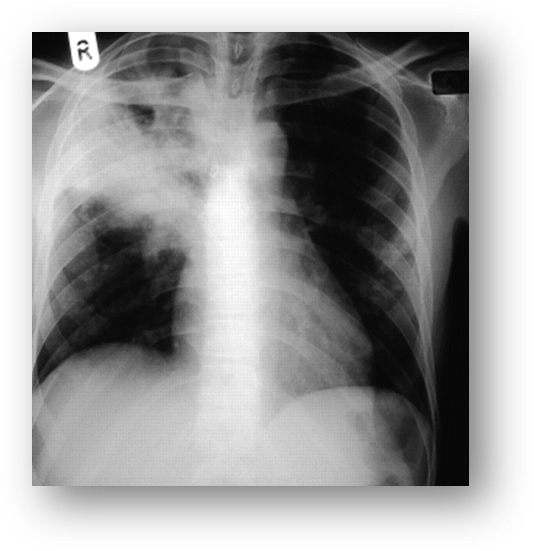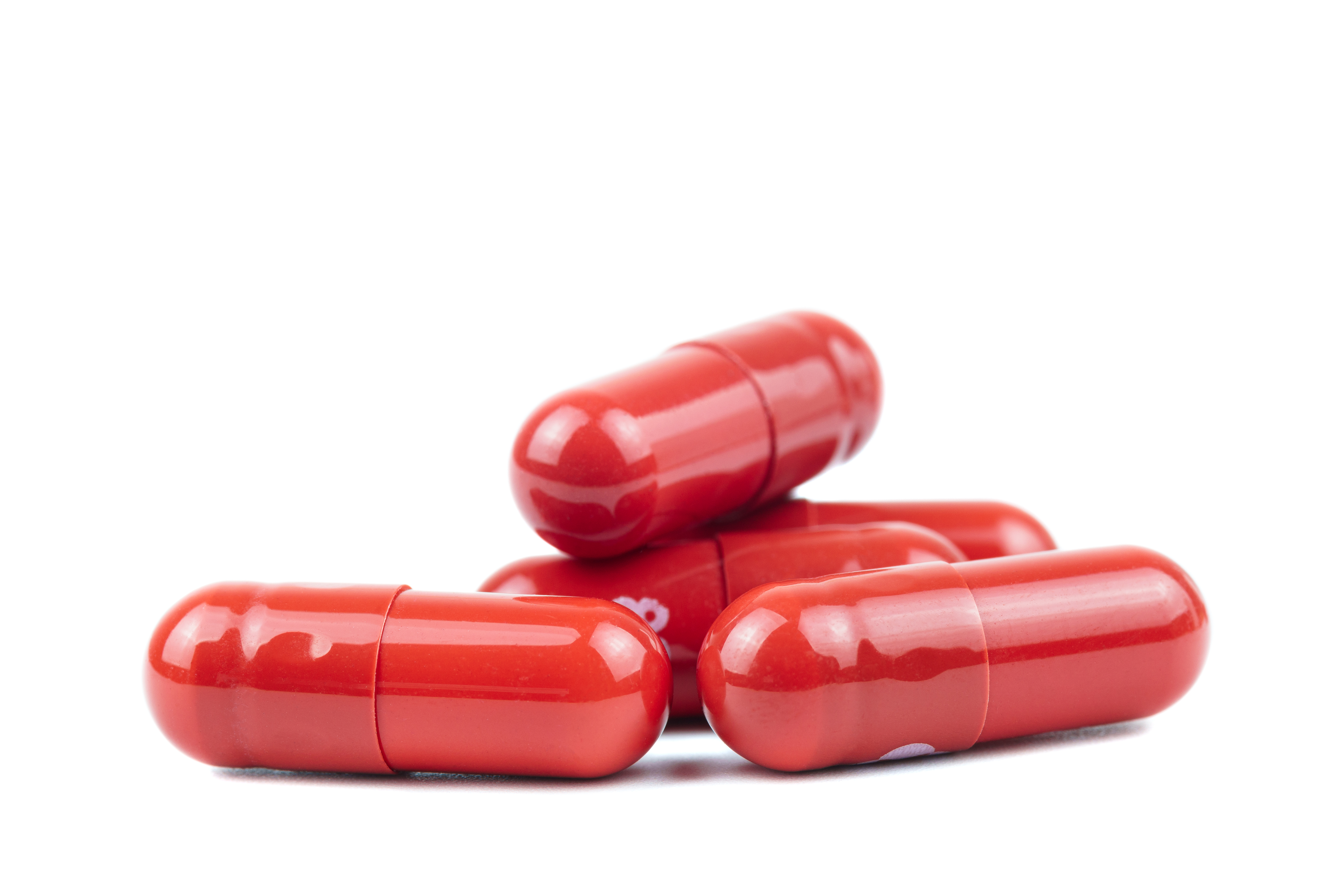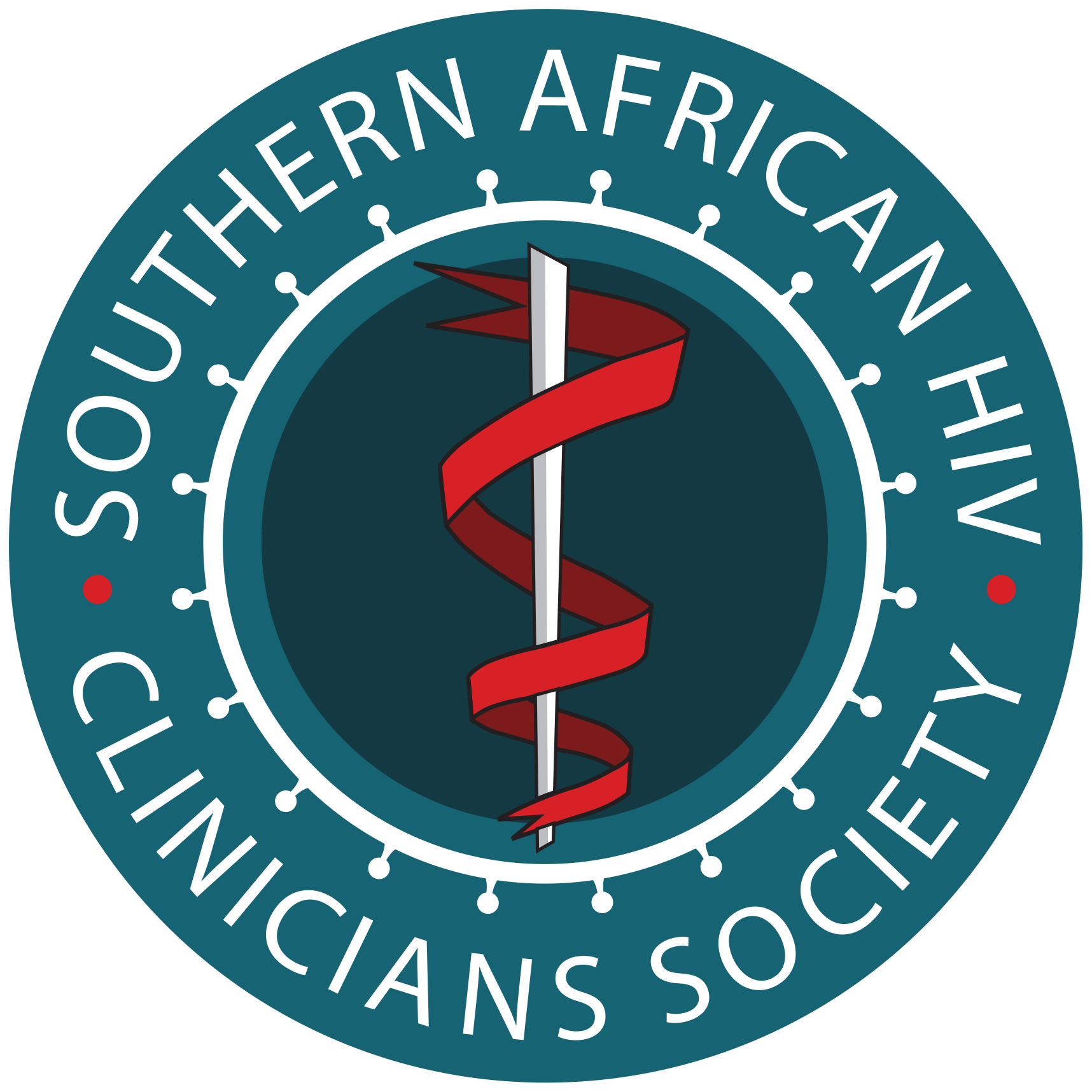ART Guidelines
References

 Key points
Key points - Rifampicin (RIF) is a potent inducer of certain drug-metabolising enzymes and drug transporters and reduces exposure to drugs in the InSTI, NNRTI and PI classes, necessitating dose adjustments of certain of these drugs.
- LPV/r is the only PI that can be used with RIF, but the LPV/r dose needs to be doubled.
- Rifabutin (RFB) can be used with all PIs, but a RFB dose adjustment is required.
- Several side-effects are shared between ARVs and TB drugs including gastrointestinal intolerance, hepatotoxicity, drug rashes, myelosuppression and neuropsychiatric side-effects.
Tuberculosis (TB) is the most frequent concomitant infection affecting people with HIV (PWH) in Southern Africa. Patients may be diagnosed with TB at entry or re-entry into HIV care, or diagnosed with active TB while on ART. Studies in South Africa have suggested that TB incidence remains higher in patients who are virally suppressed on long-term ART compared with HIVnegative people living in the same community, possibly because of persisting defects in anti-mycobacterial immunity. The co-treatment of HIV and TB is complex because of: (i) drug-drug interactions (discussed below); (ii) TB-IRIS (see module 26); and (iii) shared side-effects (discussed below). These issues, which have recently been reviewed, 105 affect decisions regarding the timing of ART in ART-naïve patients with TB (see module 6).
Certain ART regimens need to be modified for compatibility with rifampicin (RIF). RIF is a critical component of the drug-sensitive TB regimen that substantially reduces the risk of relapse after completing TB treatment.
There are no significant interactions between NRTIs and RIF; however, InSTIs, NNRTIs, PIs and MVC all exhibit drug interactions with RIF. DTG can be used in patients receiving RIF, but a dose adjustment to 50mg twice daily is advised in most cases (Table 18). 88 A recent phase 2 clinical trial in South Africa38 and observational data from Botswana 106 showed that virologic outcomes were similar in patients who remained on standard dose DTG (50mg daily) compared with those in whom dose was adjusted to 50mg twice daily. Standard dosing of DTG with RIF is therefore an option, but we do not advise this in patients who have previously failed a regimen and may have NRTI resistance as this dosing strategy has not been evaluated in this patient group. EFV is the preferred NNRTI for use with RIF. NVP was previously recommended as an alternative in patients with contraindications to EFV (e.g. psychosis), but it carries a higher risk of virological failure when used with RIF and given the availability of the InSTI class, NVP is no longer recommended. RPV and ETR cannot be used with RIF.
The plasma concentrations of all PI/r are reduced to subtherapeutic ranges with RIF. Dose adjustment of LPV/r can overcome this induction (see Table 18), but there is a risk of hepatotoxicity; therefore, patients require counselling and ALT should be monitored frequently. 107, 108 Gastrointestinal side effects are frequent with LPV/r double dosing

| TABLE 18: Antiretroviral drug interactions with rifampicin and recommendations for co-administration. | |||
| Drug class | ARV | Interaction | Dose of ART drug with RIF |
|---|---|---|---|
| NRTI | All in class | No significant pharmacokinetic interactions | No dose adjustment required |
| NNRTI | EFV | Mild reduction in EFV concentrations. INH increases EFV concentrations in genetically slow metabolisers (~20% of South Africans), who already have high EFV concentrations – this can result in toxicity. | No dose adjustment required (600 mg nocte) |
| ETR and RPV | Marked reduction in concentrations | Do not prescribe concomitantly with RIF | |
| PI/r | LPV/r | LPV plasma concentrations significantly decreased | Double the dose of LPV/r to 800 mg/200 mg 12-hourly. There is an increased risk of hepatotoxicity with this strategy. The dose adjustment can be made gradually over 1–2 weeks. Dose adjustment should be continued for 2 weeks after RIF is stopped. |
| All other PI/r | Marked reduction in PI concentrations | Do not prescribe concomitantly | |
| InSTI | RAL | Reduction in concentrations | Dose increase to 800 mg 12-hourly |
| DTG | Significant reduction in concentrations | Dosing frequency increased to 50 mg 12-hourly | |
| CCR5 blocker | MVC | Reduction in concentrations | Increase MVC dose to 600 mg twice daily when co-administered with RIF in the absence of a potent CYP3A4 inhibitor |
| ART, antiretroviral therapy; DTG, dolutegravir; EFV, efavirenz; ETR, etravirine; InSTI, integrase inhibitor (integrase strand transfer inhibitor); LPV, lopinavir; LPV/r, ritonavir-boosted lopinavir; MVC, maraviroc; NNRTI, non-nucleoside reverse transcriptase inhibitor; NRTI, nucleoside reverse transcriptase inhibitor; PI/r, ritonavir-boosted protease inhibitors; RAL, raltegravir; RIF, rifampicin; RPV, rilpivirine. † RIF reduces TAF concentration in the blood but the intracellular TFV-dp concentration remains adequate, and so no dose adjustment is needed. | |||
An alternative approach is to replace RIF with rifabutin (RFB) in patients taking a PI/r. However, RFB is not coformulated with other TB drugs, and the evidence base for RFB in the treatment of TB is much less substantial than for RIF. 109 There is also uncertainty regarding the optimal dose of RFB with PI/r; these guidelines recommend 150 mg daily (Table 19) for efficacy reasons, but careful monitoring for toxicity is required (ALT, neutrophil count and visual symptoms at least monthly). 110 RFB may be considered in patients who are not tolerating co-treatment with doubledose LPV/r and RIF-based TB treatment (i.e. patients unable to tolerate the increased LPV/r dose due to hepatotoxicity or gastrointestinal side-effects) or in ART-experienced patients on a regimen that is not compatible with RIF (e.g. third-line ART with DRV/r). In most patients on RIF-based TB treatment, however, a DTG regimen rather than a PI should be used, except in patients who are intolerant of DTG and those on third-line requiring both DTG and DRV/r.

| Table 19 Dosage of antiretroviral drugs and rifabutin when prescribed concomitantly. | |||
| ARV | ART dosage | RFB dosage | |
|---|---|---|---|
| EFV | No change | Increase to 450 mg/day | |
| InSTI class | No change | 300 mg/day | |
| ATV or PI/r | No change | Decrease to 150 mg/day (monitor ALT, neutrophil count and visual symptoms at least monthly) | |
| RPV | Do not co-administer or increase RPV to 50 mg daily | 300 mg/day (or 150 mg/day with PI/r) | |
| ETR | Preferably avoid, but if used, then standard doses of ETR | 300 mg/day (or 150 mg/day with PI/r) | |
| ALT, alanine transaminase; ART, antiretroviral therapy; ATV, atazanavir; EFV, efavirenz; ETR, etravirine; InSTI, integrase strand transfer inhibitor; PI/r, ritonavir-boosted protease inhibitor; RFB, rifabutin; RPV, rilpivirine; RTV, ritonavir. | |||
| TABLE 20: Shared side-effects of ART and TB treatment. | |||
| Side-effects | ART | TB treatment | |
|---|---|---|---|
| Nausea | AZT, PIs | Pyrazinamide, ethionamide, PAS | |
| Hepatitis | EFV, PIs (NRTIs can cause steatohepatitis) | RIF, RFB, INH, pyrazinamide, bedaquiline and many second-line drugs, including quinolones | |
| Renal impairment | TDF | Aminoglycosides, RIF (rare) | |
| Rash | EFV, RAL, DTG | RIF, RFB, INH, pyrazinamide, ethambutol, streptomycin and many second-line drugs, including quinolones | |
| Neuropsychiatric complications | EFV, DTG | Terizidone/cycloserine, quinolones, INH | |
| Prolonged QTc | RPV | Bedaquiline, quinolones, clofazimine, delamanid | |
| Myelosuppression | AZT | RFB and linezolid | |
| PAS, Para-aminosalicylic acid; PIs, protease inhibitors; RAL, raltegravir; RFB, rifabutin; RIF, rifampicin; RPV, rilpivirine; TB, tuberculosis; TDF, tenofovir; QTc, corrected QT interval. | |||

- Co-administering RIF with LPV/r, but not adjusting the dose of LPV/r. This results in subtherapeutic LPV concentrations and development of PI resistance.
- Combining linezolid and AZT. These drugs should not be combined because both can cause bone marrow suppression (especially anaemia and neutropenia).

